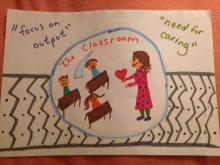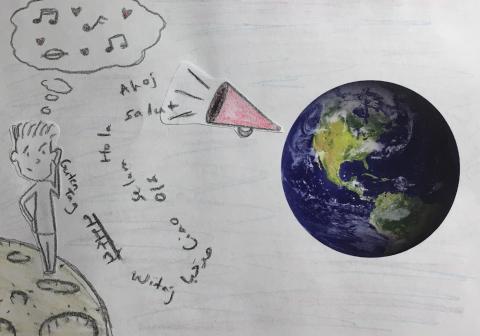Field Notes - 2/24/16
By smalinaFebruary 27, 2016 - 17:33

This week was the first one I spent at the center with the participants, having spent the past three weeks in the labs at Haverford making art with bacteria. We began by checking out the wood shop again, and participants guided us around the space to—with the help of the woodshop teacher, Sarah*—demonstrate all of the different tools available to us. Many of these were basic saws or sanders that she had adapted to make them more generally accessible (for instance, a sander that would have originally required a lot of dexterous finger movements was now attached to a stationary bike. Participants could work together to sand a piece of wood, with one pedaling the bike, and another holding the wood still against the moving sander).








